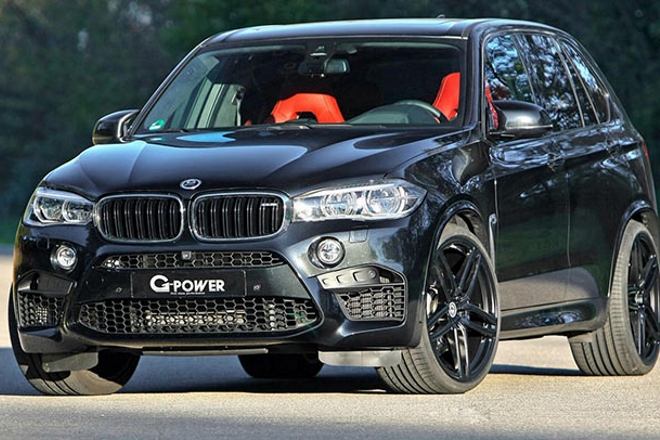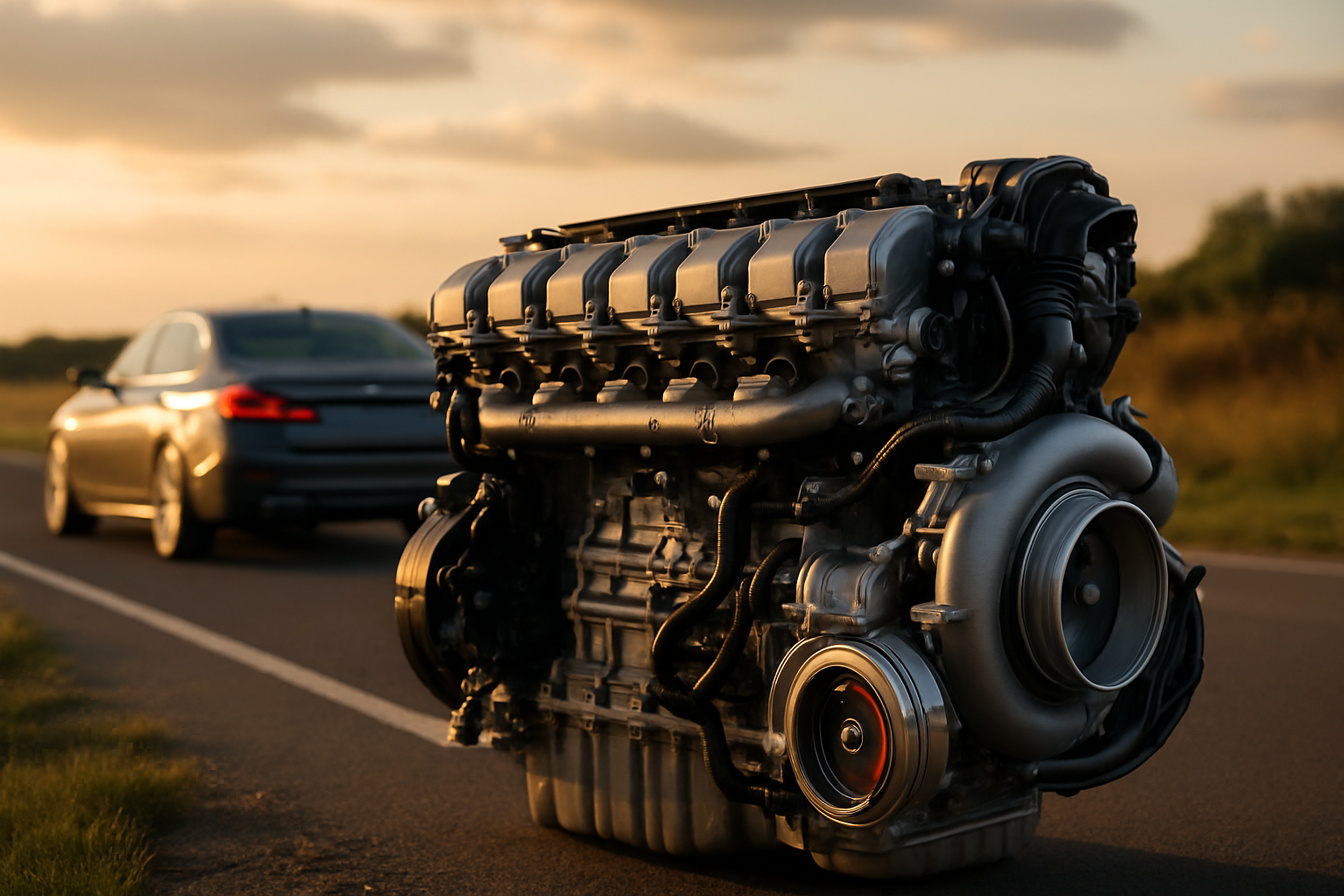Comparing Top-Selling SUVs: Performance and Value
When it comes to choosing a top-selling SUV, the decision often boils down to two key factors: performance and value. But what do these terms truly mean in 2025? Is performance just about quick acceleration, or is it about confident handling and a smooth, quiet ride for the family? And is value simply the lowest price tag, or is it the total cost you'll pay over years, considering fuel, maintenance, and resale value? This in-depth comparison dives past the spec sheets to provide the real answers. The analysis reveals how today's best-sellers stack up in the areas that matter most, helping buyers find the perfect balance of power and practicality for their budget.

Beyond Horsepower: Performance in Modern Family SUVs
Modern luxury SUVs have evolved far beyond simple power metrics. While horsepower remains important, performance now encompasses handling dynamics, suspension technology, and driver assistance features. Advanced adaptive suspension systems allow these vehicles to maintain comfort while delivering sharp handling. Technologies like torque vectoring and electronic stability control have transformed how these substantial vehicles navigate corners and maintain stability.
Understanding Real Value in Premium SUVs
The correlation between price and features varies significantly among luxury SUV models. Key considerations include build quality, interior materials, technology integration, and standard safety features. While some manufacturers focus on raw performance, others prioritize comfort and technology packages, creating distinct value propositions at different price points.
The True Cost of Ownership Equation
Long-term ownership costs play a crucial role in determining an SUV’s actual value. Fuel economy, maintenance requirements, and depreciation rates significantly impact the total cost of ownership. Premium SUVs typically retain their value better than non-luxury counterparts, though individual models vary considerably.
The Evolution of Powertrains
The introduction of hybrid and electric powertrains has revolutionized the luxury SUV segment. These alternatives often deliver superior acceleration while significantly reducing operating costs. Many manufacturers now offer multiple powertrain options within the same model line, allowing buyers to choose between traditional combustion engines, hybrids, or full electric variants.
Current Market Leaders and Their Offerings
| Model | Base MSRP Range | Key Performance Features | Powertrain Options |
|---|---|---|---|
| BMW X5 | $61,600-$82,900 | Advanced suspension, xDrive | Gas, PHEV |
| Mercedes GLE | $57,700-$79,800 | AIRMATIC suspension, 4MATIC | Gas, PHEV |
| Porsche Cayenne | $72,200-$92,700 | Active suspension, torque vectoring | Gas, PHEV |
| Tesla Model X | $89,990-$109,990 | Dual motor AWD | Electric |
| Audi Q7 | $58,200-$73,300 | Quattro AWD, adaptive air suspension | Gas, Mild Hybrid |
Prices, rates, or cost estimates mentioned in this article are based on the latest available information but may change over time. Independent research is advised before making financial decisions.
Matching SUVs to Lifestyle Needs
The ideal luxury SUV depends heavily on individual priorities and use cases. Those prioritizing performance might lean toward sports-oriented models from Porsche or BMW, while families seeking maximum comfort might prefer the Mercedes GLE or Audi Q7. Electric options like the Tesla Model X cater to tech-forward buyers prioritizing sustainability and innovation.
Modern luxury SUVs represent a diverse market where performance, comfort, and value intersect in various ways. Success in finding the right vehicle lies in understanding personal priorities and how different models align with specific needs and preferences.




